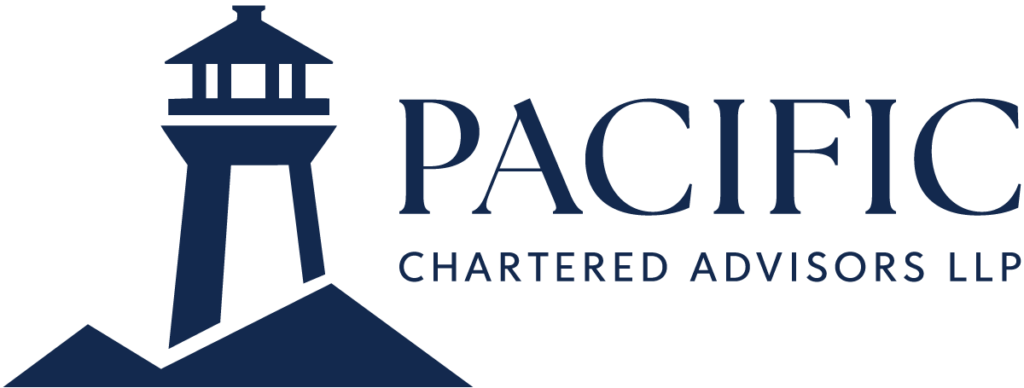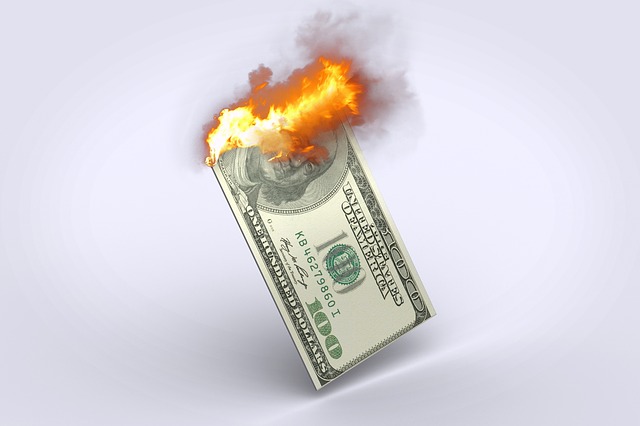“What is your company’s cash burn rate?” is one of the first questions I ask new clients, who are between their start-up and business maturity phase.
Although some have a very good understanding based on their insights to daily operations, the majority typically do not have a response and give me that deer-in-the headlights look.
Often, they don’t know furthermore, have any idea what a Burn Rate is in the first place.
This term relates to the rate at which a company is spending (losing) money. It is typically expressed in monthly terms for example, the company’s burn rate is currently $30,000 per month. In this sense, the word “burn” is a synonymous term for negative cash flow. It is also a measure for how fast a company will use up its shareholder capital.
Cash burn rate is a big concern for funded start-ups. The typical pattern is to get funded, use that cash to build the business, and then aim to get to positive cash flow before the money runs out. This is sometimes expressed as a “cash runway.”
How long your cash will last at your current burn rate is called your cash runway. From a cash runway perspective, if the company is spending $30,000 per month it may mean now they have just over three months of cash on hand if there is $100,000 still in the bank.
This indicates they need to reduce their burn rate and get cash flow positive soon.
The same metric is useful for mature businesses too. How fast are you growing your cash reserve? Are you strategically investing that money to fund growth? Whatever your plans, be sure to keep an eye on this metric to make sure you are hitting your targets.
In addition to preparing, analyzing and monitoring a budget, it is essential that businesses add a monthly cash projection layer to their budget. For those businesses with limited cash/working capital, it is critical that they prepare more frequent cash projections. Having a well-prepared cash projection enables management to make financing decisions such as funding and/or curtailing operations during peak and off-peak periods.
Knowing how much the business needs in advance allows management to act and to seek financing rather than being caught short. For instance, planning and quantifying cash deficiencies in June for the company’s peak December period is better than waiting until October which may be too late resulting in lost opportunities. Putting a credit facility agreement in place with your financial institution takes time. Having these discussions with you banker in advance of needing the funds are easier than when the business is out of cash. Having a cash management plan in place takes away some of the following common stresses that new businesses go through:
· Are we going to be able to meet payroll?
· Is the bank going to call our loan?
· Do we have enough cash to clear the rent cheque?
The simple analogy can be that of taking your family on a road trip of say 1,000km. Usually you will stop to fill up for gas with an idea of where the next gas station is located. If you don’t, then what often happens is your looking for a sign on the side of the road indicating how far the gas station will be. Sometimes it happens that you are so focused on the road that you easily miss these signs. Fear sets in as you hope your car will now make it up that big hill now that your gas warning light on. If you have ever been in this situation, it is very stressful.
Having a cash projection is like reading the gas gauge on your car. Having the tool to gauge when you are going to run out fuel and a map as to when you will need to fill up is a critical measure. The same holds true as you need to know if your cash burn rate is high and if you are going to make it up that hill to the next business growth plateau. Look for part two to this post where I will share over 10 ways to reduce cash burn rates in your business.
At Pacific Chartered Advisors LLP, we have packages available for our clients to take their business to the next level. We sit with our clients to review their financial results on a timely basis so that they have the tools necessary to ensure a proactive rather than reactive approach to operations can be taken.









